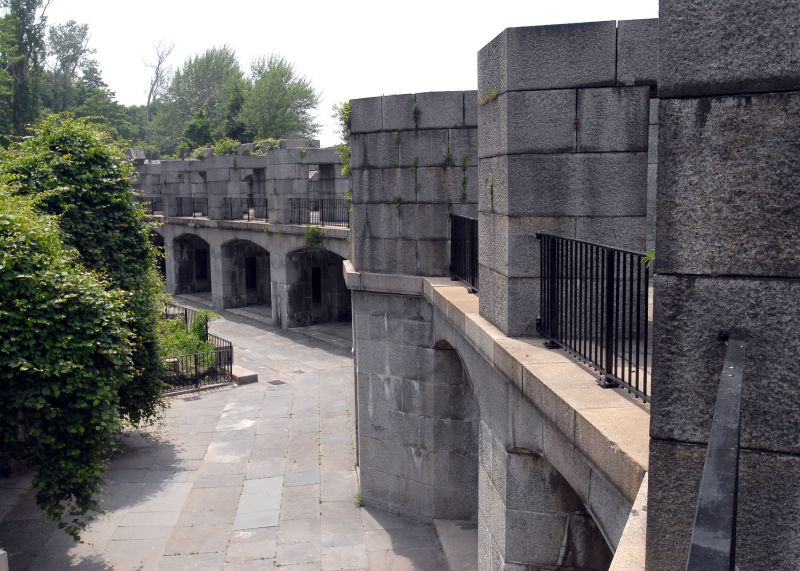For the fifth year in a row, New York City artists were selected for the Urban Field Station’s Artist in Residence program, which will operate virtually out of Fort Totten in Bayside.
The four artists awarded residencies this year are Cecile Chong, Sharon Heitzenroder, Nikki Lindt and Kilia Llano, who will work collaboratively on research, public outreach and natural resource management specialists to create works that bring arts and humanities perspectives to the city’s parkland.
Since the program’s inception in 2017, each group of NYC-based artist have created unique installations reflecting the cultural, ecological and build landscape. This year, the residency program supports artists across the country and internationally, with plans for further expansion in the future.
Arts professionals and staff from NYC Parks, the USDA Forest Service and The Nature of Cities (TNOC) selected the four artists this year and will continue to work with them throughout the yearlong residency.
“NYC Parks is happy to partner with the USDA Forest Service and The Nature of Cities to support these talented artists through the Urban Field Station,” said NYC Parks Senior Public Art Coordinator Elizabeth Masella. “Since its inception, the program has provided an innovative space for artists to explore the cross-sections of art, science and the urban environment. We look forward to seeing the contributions of this year’s international cohort as they engage with the dynamics between nature and communities.”
Additionally, the artists will also be working with resource management specialists at NYC Parks, the USDA Forest Service and the state of Hawaii with teams in New York City, Honolulu, Hawaii, and Santo Domingo in the Dominican Republic.
“The Artist Residency is representative of the approach to ‘knowledge co-production’ emblematic of the USDA Forest Service’s Urban Field Station Network. Art is a form of inquiry, and encounters between science and art give us the chance to rediscover elements of both, yielding results that neither art nor science could create on its own. These advances contribute to the knowledge and practice required to develop more just, thriving and sustainable communities,” USDA Forest Service Network Coordinator Sarah Hines said.
The residency group’s project proposals examine the overlap of art, urban ecology and community-based design.
Cecile Chong is an Ecuador-born, New York-based multimedia artist whose project explores the connection between city parts and the surrounding immigrant communities. Her work addresses both cultural interaction and interpretation and also commonalities between human relationships to nature and each other.
Sharon Heitzenroder is a feminist, artist, activist and educator whose work deals with issues related to mental health, gender and disparities due to systems of power. Her project will document Honolulu’s environmental changes and lost of green space over the past 50 to 100 years.
Nikki Lindt is a New York City-based artist who was born in the Netherlands and has worked with scientists, philosophers and sociologists to examine climate change at the intersection of art, science and culture. Lindt’s project explores above and underground sound in New York City with a focus on the sound gradient of underground sounds in an urban setting all the way through a city forest.
Born in Santo Domingo, Dominican Republic, Kilia Llano is a multimedia artist whose work is based in identity, how cultures address nature and how one’s surrounding shape identity. Her project “Migrations” will consist of two murals based in Santo Domingo.
“The Nature of Cities was built to explore what we can learn at the fizzy boundaries where different ways of knowing and modes of action meet. If you want to learn something new, something unexpected, it makes sense to put artists together with scientists, designers, planners and activists,” said David Maddox, executive director and publisher of “The Nature of Cities.”



































